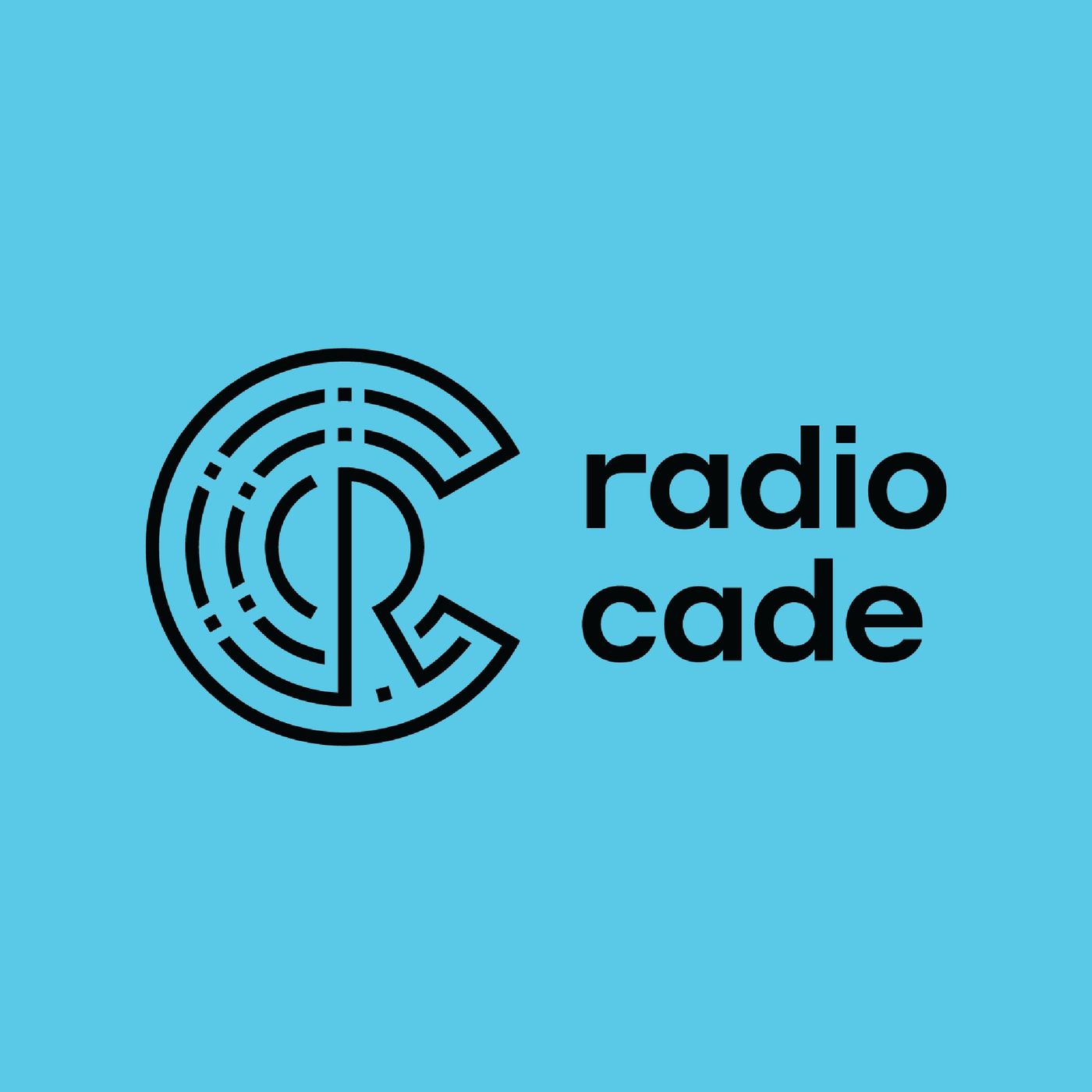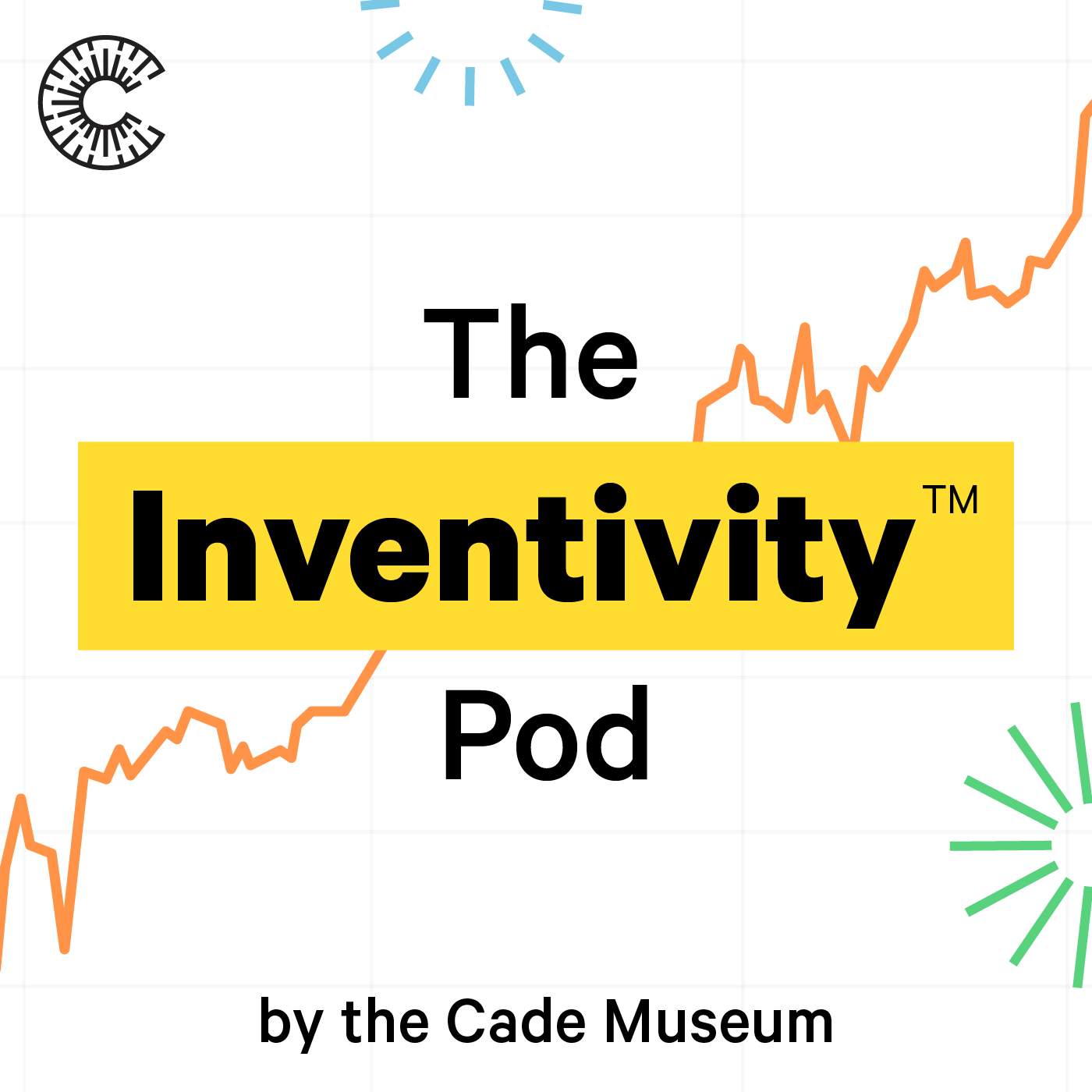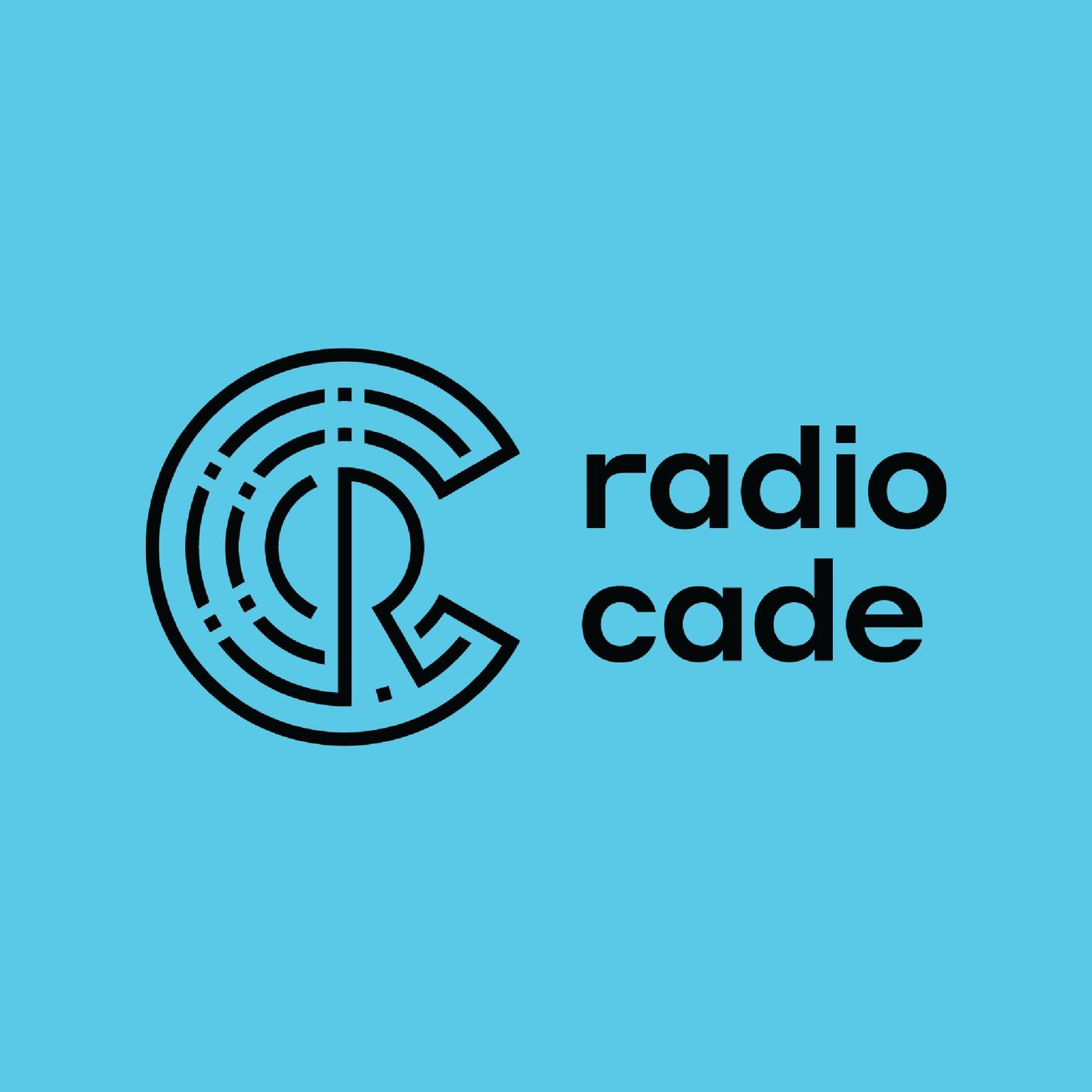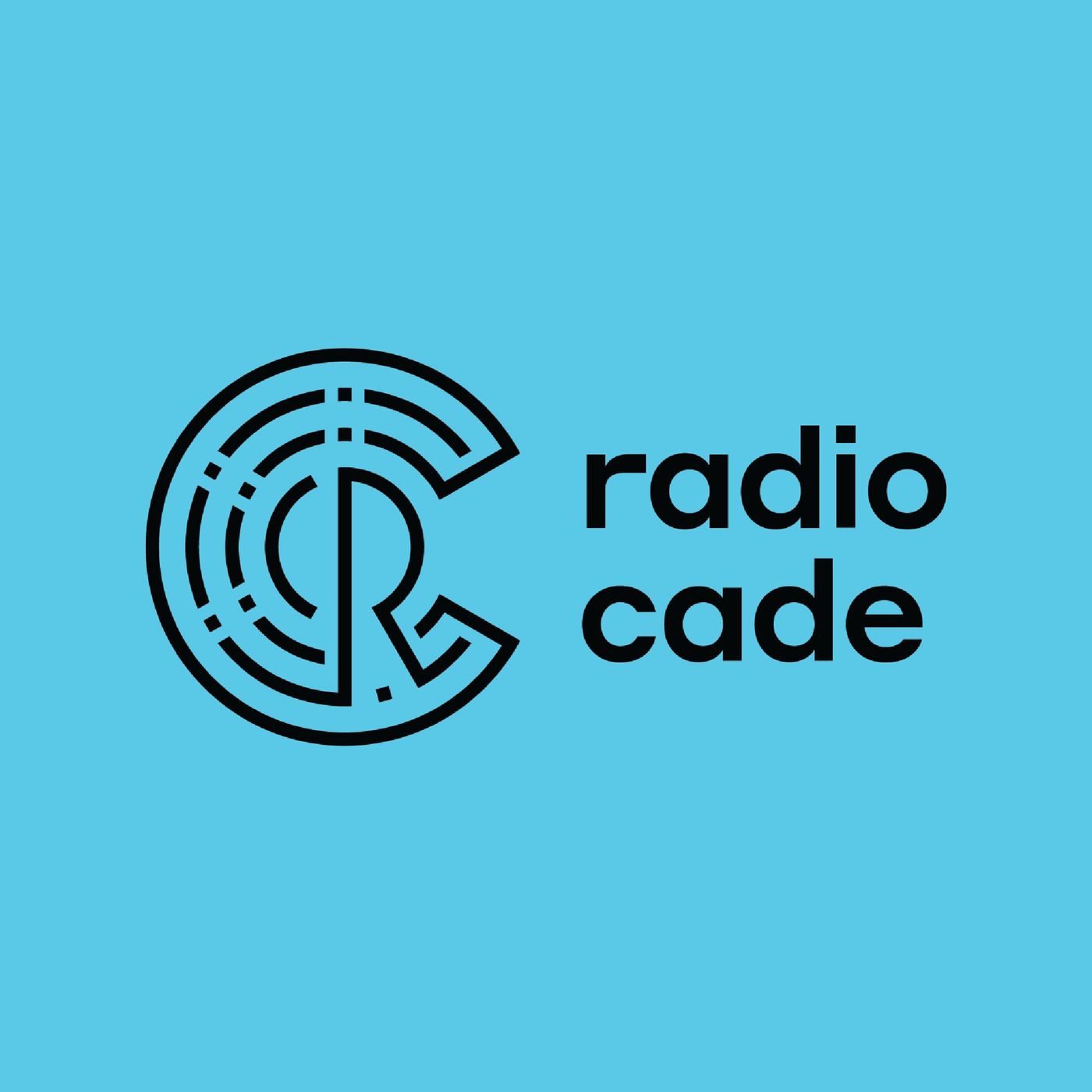Show Notes
“Smart Steward” is a web-based platform that helps doctors prescribe antibiotics with the goal of reducing antibiotic resistance. The software helps track what other doctors have given a patient and makes custom recommendations for treatment. Guest host Randy Scott interviews entrepreneur Guy LaTorre who grew up in West Orange New Jersey, site of Thomas Edison’s lab. Inspired by a museum dedicated to Edison’s inventions, LaTorre says “I always had an inkling I would get involved in science somehow.”
TRANSCRIPT:
Intro: 0:20
Inventors and their inventions. Welcome to Radio Cade, the podcast from the Cade Museum for Creativity and Invention in Gainesville, Florida. The museum is named after James Robert Cade who invented Gatorade in 1965. My name is Richard Miles. We’ll introduce you to inventors and the things that motivate them. We’ll learn about their personal stories, how their inventions work, and how their ideas get from the laboratory to the marketplace.
Randy Scott: 0:38
Welcome to Radio Cade. This is Randy Scott, your guest host. If you were looking forward to the Silky Voice of Richard Miles, I apologize in advance, but I’m here today with Guy LaTorre, who’s our guest, entrepreneur, and inventor. So Guy, you’re uh, currently running a business called Antibiotic Edge Event, right?
Guy LaTorre: 0:57
Yes, that’s correct.
Randy Scott: 0:59
Tell us in a simple kind of layman or even maybe eighth grade terms or something like that, what Antibiotic Adjuvant, uh, actually does.
Guy LaTorre: 1:09
Sure, sure. Antibiotic Adjuvant is our company. Our product’s name is Smart Stewart and it’s essentially a software program that’s web based that doctors can use during the prescription process for antibiotics with a goal of reducing antibiotic resistance. Uh, which is a key problem, we’re running out of antibiotics that are effective and there’s a lot of now antibiotic resistant bacteria that are killing people and we don’t have any new antibiotics being developed in the pipeline. So we have to try and be better stewards for the antibiotics we do have right now and use them more effectively and appropriately.
Randy Scott: 1:47
So how was Smart Stewart gonna help with that. I mean it’s not, obviously, a drug itself, so.
Guy LaTorre: 1:53
No, that’s a good question.
Randy Scott: 1:54
Yeah. What does it do?
Guy LaTorre: 1:55
That’s a good question. So the problem today is when doctors want to prescribe, they often don’t have the right information for the patient in front of them and they don’t know what other doctors are prescribing and what’s effective and what’s not effective within that facility. So what Smart Stewart does is it guides the doctor through the prescription process and makes the best recommendations, the three top recommendations for antibiotics for that patient, for that infection. And most importantly with the goal of reducing resistance within that facility, we look at the facility and see which antibiotics are working well, which ones aren’t. And obviously we recommend the ones that are working well for those particular infections that other doctors are treating.
Randy Scott: 2:39
Okay. So you’re saying that, uh, not only does the type of illness or bug or whatever that patient had mattered, but somehow the facility in which they caught it matters?
Guy LaTorre: 2:51
Absolutely, because sometimes it’s brought into the facility. So it’s a community acquired infection and sometimes it’s an infection that actually start inside the facility in differentiating between the, both of those is important, not just for the facility but for the community. So if there’s an epidemic, or an infectious disease outbreak in the community, people want to know about that. And that’s one of the things that our software does it detects those outbreaks.
Randy Scott: 3:19
Good. Uh, well that sounds great. We’re going to come back and spend some more time on that. But first I want to just step back a little bit and learn a little bit more about you and your background of course you and I have known each other for a long time for everybody else’s benefit. But tell me something about your childhood. I am not quite sure. Did you grow up planning to be a business person or…
Guy LaTorre: 3:39
No, not at all. It’s funny. Well, I grew up in West Orange, New Jersey and West Orange just happens to be the site of Edison’s laboratory. So Thomas Edison did all of his inventions in the laboratory in West Orange, New Jersey. So as a child, I was of course as a young man interested in sports, but I was, you know, as a young child, very interested in dinosaurs for example. I remember knowing all the names of the different kinds of dinosaurs. So I always had that lean toward being interested in, in science essentially. And of course, being inspired by Edison’s museum and actually walking through the museum and seeing where he hung his laboratory coat for the last time and where he put his spectacles on the, uh, on the lab desk for the last time. That was very inspiring for me. So, uh, you know, again, like any kid interested in sports, but I always had an inkling to get involved in science somehow.
Randy Scott: 4:35
You’re now running this company. Uh, so I mean, so at some point you strayed from the, uh, the light side or whatever.
Guy LaTorre: 4:44
Right.
Randy Scott: 4:44
And to the dark side of business.
Guy LaTorre: 4:48
Well, yeah, you know, everything’s an evolution in life, right? So, uh, you know, we all grow, we all change. And so what I did is I started as a research scientist at the University of Florida and then, uh, university wanted to start up a research park to commercialize university technology. So, uh, our group was the first group out at the research park out in Alachua, and we started up several companies. And so essentially I had to transfer technology from the university side to the corporate side. And we did that for several years and we started up three companies and eventually I decided to jump over to the corporate side and join one of the companies that we had started. So at that point I was still a scientist, but then I became more of a manager, uh, of people of projects a little bit different than when I was doing for the university. And I did that for several years. And then the company needed me to go out and speak to potential partners and potential customers because I had the technical knowledge. So I was just given the opportunity by a number of important people in my to try and do other things and expand my knowledge base and my capabilities. And I always tried to take those opportunities on and learn as much as I could. So I eventually evolved into a business development guy and then I find myself now running a company as a CEO. So it’s just been an evolution essentially.
Randy Scott: 6:17
Yeah, that makes a lot of sense as a, uh, in the venture capital business now. And you know, one of the things that I see companies struggle with a lot is how to take that technical knowledge and the science stuff and translate it to be digestible for people that aren’t experts in the space. So I could see where that would be a super valuable, a skill, the ability to do that. And of course, I know firsthand some of your ability to do that too. So it’s interesting about the, uh, Thomas Edison thing of course. And uh, I think you moved in high school or something to Florida, is that right?
Guy LaTorre: 6:51
Yeah, I finished high school in New Jersey and then I moved to Daytona Beach, Florida where my parents had moved a year previous and uh, went to Daytona Beach Community College there with the goal of, you know, going to a university at one point. And then I decided to move to Gainesville and I went to the university and the entire time I was going to the university, my wife and I, we weren’t married at the time. All we had talked about is, boy, we can’t wait to leave Gainesville and get out of here. And you know, here we are 30 years later.
Randy Scott: 7:21
Still stuck.
Guy LaTorre: 7:21
Still stuck in Gainesville, but pleasantly stuck in Gainesville. We love Gainesville it’s a fantastic community and it just so happens that we have an incredible entrepreneurial ecosystem here in Gainesville that you’re aware of Randy. So, uh, yeah, we love it here.
Randy Scott: 7:36
And I’m guessing you’ve been down to the Thomas Edison, Henry Ford thing down in Fort Myers or whatever.
Guy LaTorre: 7:42
Yeah, yeah. I actually, I did go down there. I’ve got some relatives down in Naples that’s pretty cool place as well.
Randy Scott: 7:48
For listeners that haven’t been there, that are in state of Florida differently should make a trip for that. So coming back to Smart Stewart and Antibiotic Adjuvant. So you’ve got this system that identifies bugs by what’s going to effectively kill them. The bacteria or viruses or whatever, I guess. Um, well bacteria, if you’re talking about antibiotics. What are the kind of practical applications of this? Is this something that my Walgreens pharmacist is going to use?
Guy LaTorre: 8:20
That’s a good question. So, uh, the software is designed to be used at the point of prescribing. So best way to explain it would be give you a scenario. So let’s say your grandma is in a nursing facility and uh, the doctor thinks that she might have an infection, let’s say it’s a urinary track infection. So they’ll run some lab tests and the lab test will come back and the doctor will look at the lab test to make it and make a decision that, okay, yes, this is an infection and I’m going to treat it. Well, quite often when the doctor’s going through the prescription process, they don’t have all the information they need. They don’t know all the details about the patient. So they typically prescribe a broad spectrum antibiotic. And that’s part of the resistance problem. The broad spectrum antibiotics are overused and often unnecessary. So the doc would then pick up his smart phone and open up Smart Stewart and all the patient’s information will be right in front of him. Everything he needs, he or she needs to prescribe. They hit a prescription button and the recommendation engine pops up the top three prescriptions for your grandma. So now the doctor can be more confident about the prescribing process and what he’s giving grandma and grandma will have a better patient outcome because the doctor’s giving her the most appropriate antibiotic. So it’s really designed for use by doctors in small hospitals and skilled nursing facilities as opposed to large hospitals or your doctor and the doctor office. But eventually that’s where we’re going. You know, your doctor will be prescribing using our software in his facility and we’ll be looking at, you know, antimicrobial resistance throughout the community, for example, as opposed to within just a skilled nursing facility. So the longterm goal is to try and reduce antibiotic resistance in the community, not just in a facility.
Randy Scott: 10:16
Yeah. So they can essentially get more utilization from maybe old antibiotics that they normally wouldn’t bother to turn to.
Guy LaTorre: 10:26
Right, that’s correct. So to give you an example, Randy, when Fleming invented penicillin back in 1947, it took eight years before a resistant strain of bacteria showed up to penicillin. The last antibiotic that was commercialized was in 2006, it took eight months to get a resistant strain of bacteria. So bacteria are smart little organisms and they adapt and they learn. And they can become resistant to antibiotics and other things that typically kill them. And so just as in that example, we went from, you know, eight years to build resistance to just eight months to build resistance. And that’s the problem where antibiotics are becoming more and more, less effective because we’re using them inappropriately. So the goal is to use them appropriately and try and save their longevity so that we can continue to use them while developing new antibiotics.
Randy Scott: 11:20
I’m suddenly yearning for a bottle of hand sanitizer. So it sounds like Antibiotic Adjuvant’s gonna really be an important new tool in the tool chest for, you know, doctors and, and uh, even patients, uh, fighting infection, that kind of stuff. If people want to learn more than what the little bit of surface we’ve scratched here, how can they learn more?
Guy LaTorre: 11:43
A-adjuvant.com but that’s our website, uh, or just do a search on Antibiotic Adjuvant you’ll find us very easily on the web. And we got lots of other information there for the company.
Randy Scott: 11:52
So you’ve involved, as you kind of already laid out with a number of startups across a bunch of different, uh, businesses, mostly kind of health care related I think. But uh, if you think about the ups and downs of businesses and that kind of stuff. How do you kind of cope with that as an entrepreneur and how do you, uh, self regulate, so to speak? So you don’t go jump off a bridge a couple of weeks?
Guy LaTorre: 12:18
Well, you know, it’s plenty, and this is a common saying in the startup business, you know, running, starting a company is like jumping off a cliff and assembling the plane on the way down. So, it’s…
Randy Scott: 12:33
Don’t try that at home listeners.
Guy LaTorre: 12:34
No, no, certainly not. It’s ripe with challenges and uh, it’s, you know, you’re always gonna run into roadblocks. So, you know, you’ve gotta be smart about how you do it and you have to be patient because it always takes twice as long to get something commercialized as you originally thought in the beginning of the process. So, you know you have to do your market analysis, develop that plan, then you have to execute the plan. But you have to also be fluid and be able to change the plan because your plans going in are never 100% correct. There’s always going to be flaws in them. You’re always going to be faced with market pressures and you have to be able to adjust to that. So, you know, to be an entrepreneur is not for everyone. You have to have the right mindset, you have to be patient. And you have to be diligent and you can never give up because if the biggest thing about being an entrepreneur is, is having staying power, being in the game long enough for something positive to happen. So if you throw up your hands and give up at the first roadblock, then being an entrepreneur is not for you because you’re going to run into that over and over again before you get to that successful commercialization.
Randy Scott: 13:48
Right? Yeah. So how do you know, that’s an interesting point though about the, you know, never giving up is uh, you know, obviously a little bit of hyperbole there because at some point sometimes you do have to give up. So how do you draw that line? I mean…
Guy LaTorre: 14:05
Again, you know, it’s, anytime you invent something, it’s your baby, right? So you think that it’s the greatest thing since sliced bread. And, and quite often you go into it with that strong opinion, but then as you do your diligence and do your research on it, you get feedback from experts in the field and from end users. And then if you’re not listening to that feedback and willing to change the baby and morph it into what people are actually looking for and what’s commercially viable, then you’re going to have problems. So you’ve got to be able to come up with an idea. But as I said, that idea as you commercialize it and you develop it along the way is always going to wind up changing. So you have to be willing to change. You have to be willing to filter through all the information cause not all the information you gather is correct. Right. And that’s part of being an entrepreneur is to filter through all that information, decide what you believe the strongest in and you feel is correct and trying to adopt that information into your approach of commercializing something. So again, I think it, uh, you know, entrepreneurs have to have several characteristics. One of them is to, is to be able to listen to the people around you. I can tell you that I’ve seen entrepreneurs surround themselves with brilliant people and then ignore them and that’s a recipe for disaster.
Randy Scott: 15:27
Yeah. That does seem to be almost a truism that, uh, because entrepreneurs have to be so resilient and persistent to have any hope for success, that sometimes that also makes them numb to outside good advice and counsel and that kind of stuff and balancing those two things is pretty important.
Guy LaTorre: 15:46
It is. It is. And it’s a challenge to do that. It’s not easy to do. So being an entrepreneur is not for everyone, but I can tell you, uh, it’s one of the most gratifying things I’ve ever done. As you said, I’ve always been involved in healthcare kind of plays and you know, the technologies that I’ve been involved with have helped millions of people over the, over the world. And uh, this current, uh, you know, Antibiotic Adjuvant Gig is also, I think one of those kinds of plays.
Randy Scott: 16:13
Yeah, so you’ve actually been an inventor and an entrepreneur. You’ve been an inventor and not been involved in the commercial aspects of the stuff that you’ve been patented and invented that kind of stuff. You’ve been both at the same time being involved in the commercial side of things. And then you’ve been like Antibiotic Adjuvant. It’s hard to say. Uh, you didn’t invent that, you kind of came in to be the leader after I think doctor Yancy or something invented the system.
Guy LaTorre: 16:42
Yeah.
Randy Scott: 16:42
So, do you have a preference between those three things? If you could choose?
Guy LaTorre: 16:47
Well, I tell you, you know, starting from scratch and I’ve done that on several occasions, you know, adopting a technology and, uh, you know, when you and I worked together, for example, uh, they were just a couple of us that started the company. And that was really exciting and challenging. Uh, and I really enjoyed that path, but quite honestly, this, the Antibiotic Adjuvant position that I came into the company had already been started. There was six people already on board. They had some money in the bank, and it was a lot easier to get involved in that startup and have an impact on that startup quickly, uh, than it was, uh, when we did Novamin back in the day. So, you know, I enjoyed both pathways, but you know, as I get older and more experienced, I really did enjoy and do enjoy, coming in later on in the process when the company has already been established and, and a product has already begun to be developed and, you know, pick it up from that point and carry it forward. Uh, I’m enjoying that as well.
Randy Scott: 17:55
For Antibiotic Adjuvant, what’s, kind of the next big step from here?
Guy LaTorre: 18:00
Yeah, I just joined the company, Randy, as you know, in beginning of August. So, uh, we have an incredible team of people that we’re continually adding to. We have three new additions to the team over the last month, which I think is exciting. Uh, the product is going to be completed. Uh, our minimally viable product will be completed by the end of the year. We were excited, we just had our weekly meeting this morning and our development team is on track and ready to finish it and we’re starting, uh, the commercialization process. Essentially, we’re starting selling the software next year, early next year. So, uh, you know, right now we’re focusing and changing our focus from product development to, uh, to marketing right now and you know, so that’s an exciting step for the company and obviously we hope to start selling and become, uh, you know, cash positive during, you know, before the end of next year. And of course, that’ll be another exciting moment in our history as you know, trying to constantly raise money to keep the startup alive is challenging and really consumes the CEO mostly of anybody else in the organization. And that’s not my favorite thing to do, although it’s something you have to do and you have to learn to be good at and you know, put up with all the, the uh, those crazy investors and stuff. But you know, it’s part of the job and so I try and, you know, wrap my arms around that part of the job as well as the other parts of the job that I enjoy doing.
Randy Scott: 19:36
So as we wrap up here, you’ve obviously gave some great advice, already to entrepreneurs and stuff about persistence and all that, but any other, uh, kind of partying gifts that you want to give to our listeners?
Guy LaTorre: 19:51
Sure, sure. You know, being an entrepreneur as, as we talked about is, is challenging and difficult, but it is also very, very rewarding. And I urge anyone that feels like they want to be an entrepreneur and has that entrepreneurial spirit to try and reach out to people in your local community. Gainesville, for example, as I said, is an incredible entrepreneurial community. Uh, we have the innovation hub of course, and a number of other, uh, business accelerators associated with Santa Fe and other organizations. So if you have a great idea and you think he want to be an entrepreneur and start your own company, go out and find somebody that’s done it before and look at local resources and go out and learn as much as you can about it before you jump into the water and make sure that you’re, you know, you’re informed and you know what you’re getting into. But I urge you cause if you don’t do it, you’re going to regret for the rest of your life. If you go out and get that nine to five job and work that the rest of your life, you’re always gonna kick yourself for not following your dreams. So if you have a dream, my advice is to follow it.
Randy Scott: 20:59
That’s right.
Guy LaTorre: 20:59
In the words of Elvis “follow that dream.”
Randy Scott: 21:01
That’s right. Well Great. Well that’s a wrap for here so Guy. Appreciate you making time. And uh, this is Randy Scott for Radio Cade
Outro: 21:12
Radio Cade would like to thank the following people for their help and support. Liz Gist of the Cade Museum for coordinating and inventor interviews. Bob McPeak of Heartwood Soundstage in downtown Gainesville, Florida for recording, editing and production of the podcasts and music theme. Tracy Collins for the composition and performance of the Radio Cade theme song featuring violinist Jacob Lawson. And special thanks to the Cade Museum for Creativity and Invention located in Gainesville, Florida.



